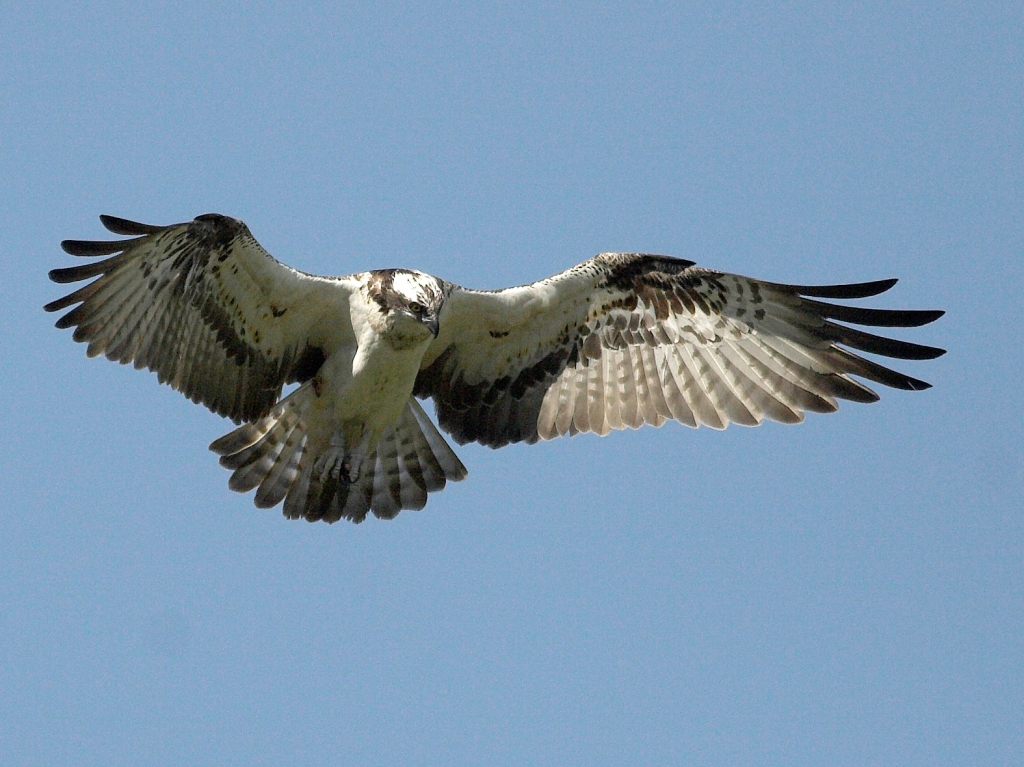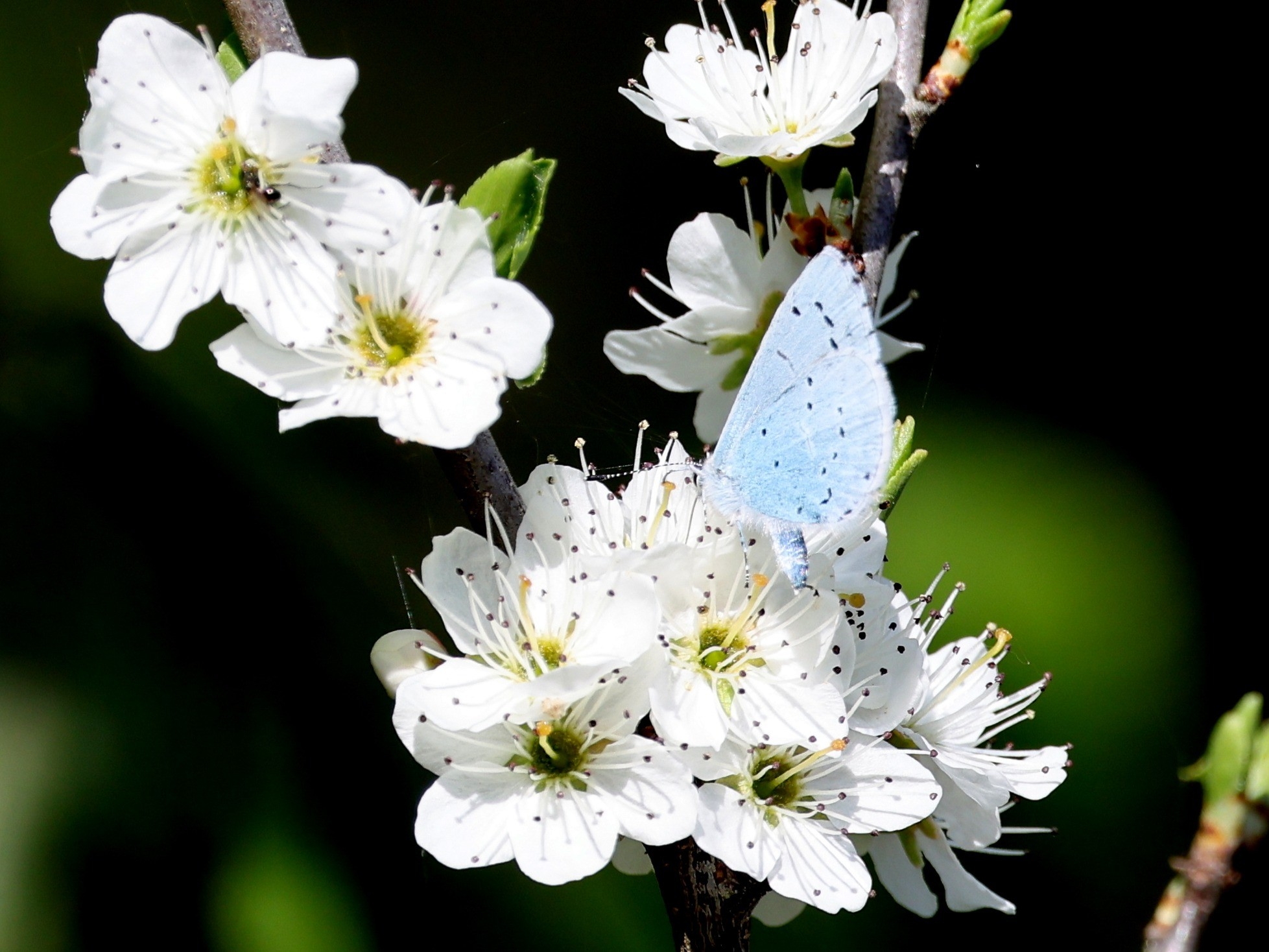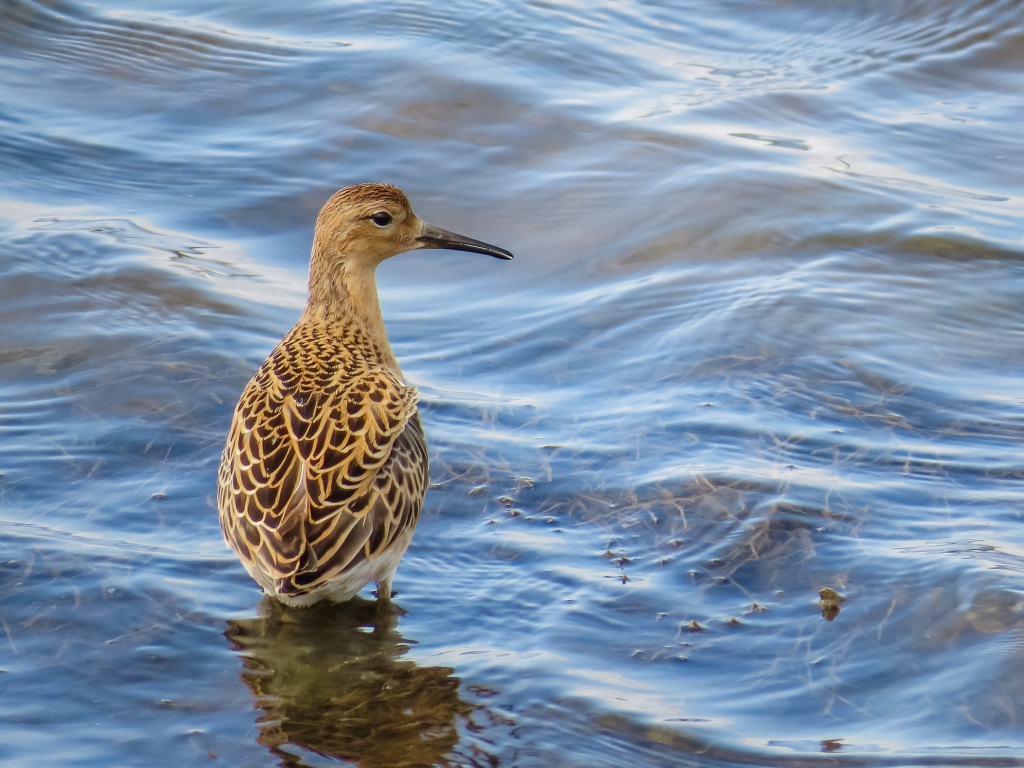Recent Sightings 19th - 25th November
Highlights: Marsh Harrier, Merlin, Wigeon, Tree creeper, Bullfinch, Yellow Brain Fungi, Otter
The Millennium Wetlands have hosted a few different bird of prey species this week including a Marsh Harrier seen from the Herons Wing hide on Thursday morning, a Merlin seen along centre path on Tuesday afternoon, and two Buzzards on the Salt Marsh on Friday morning.
This weeks bird count on Friday morning from the British Steel hide saw over 200 Wigeon, Black-tailed Godwit, Curlew, Lapwing, Little Egret, Rock Pipit, and Little Grebe on the Salt Marsh and Saline Lagoons. Along with Oystercatcher, Great Black-backed Gull, Shelduck, Black-headed Gull, and Grey Heron on the Estuary, and Teal, Gadwall, Shoveler and Tufted Duck on Dafen Scrapes. A Kittiwake was also seen on the Freshwater Lagoon.
Treecreepers have been spotted in the Grounds and the Reserve this week a number of times, they are quite distinctive and can be identified by their long down curved bill, white underside and brown back, as well as their behaviour moving up tree branches, hence the name Treecreeper.
Some other great sights this week included a Kingfisher seen darting around the Millennium Wetland ditches Tuesday, an Otter on Deep Water lake Friday morning, 15 Snipe on the stone islands on Deep water Lake Thursday afternoon, a female and male Bullfinch on the Western Scrapes edges on Thursday, and a new fungi seen on the Eastern Scrapes this week was Yellow Brain, it is a parasitic fungi and feeds on dead wood and looks brain like.
The Walk with a Warden event on Saturday was very popular, these events are held once a month and give our visitors the opportunity to have a guided walk around the reserve to spot some of the fantastic wildlife that is on offer. Work on the reserve this week has seen more of the reedbed section being cut, fixed point photography being carried out and our amazing Wednesday volunteers have started to tackle scrub control on the West Scrapes edges, keeping the area open for our breeding birds next spring.



